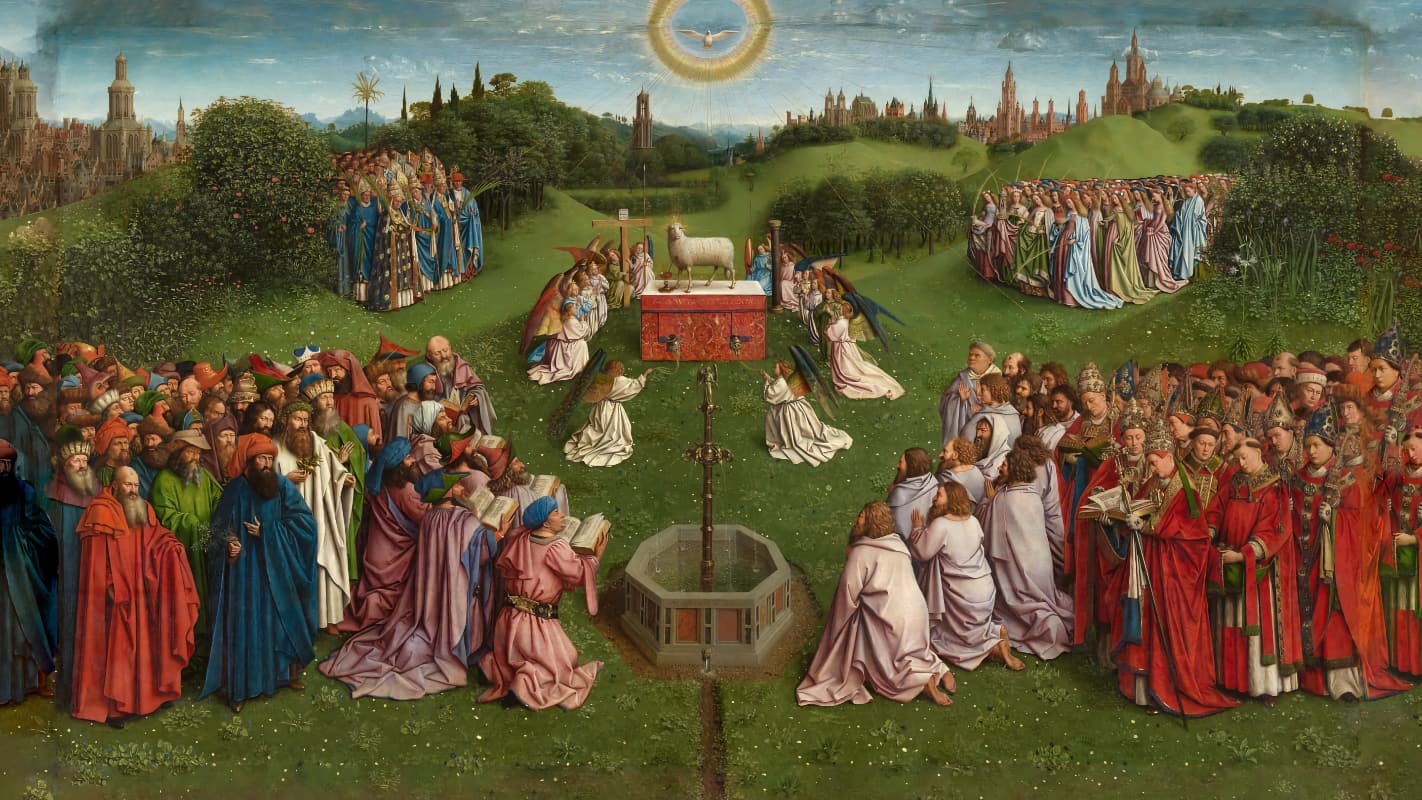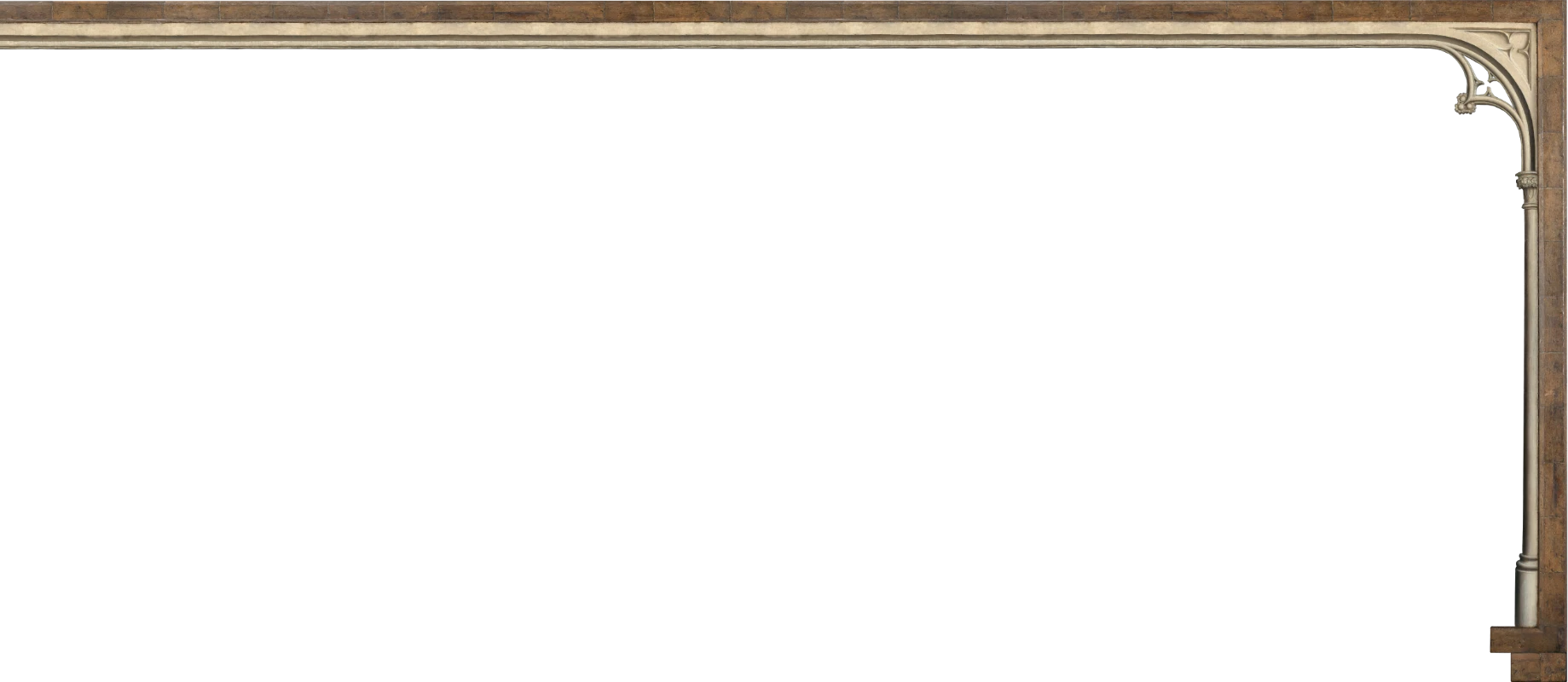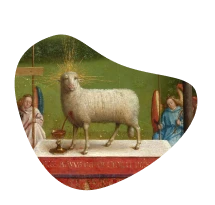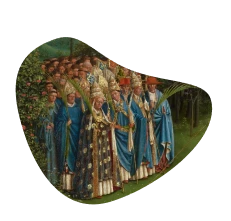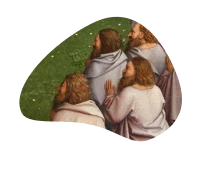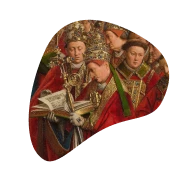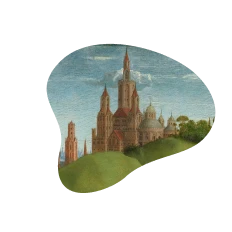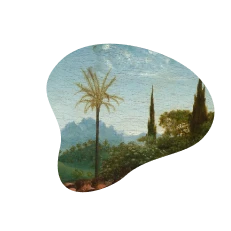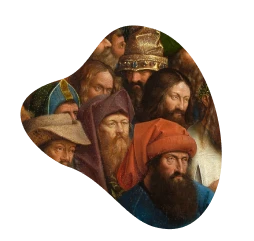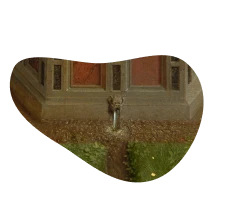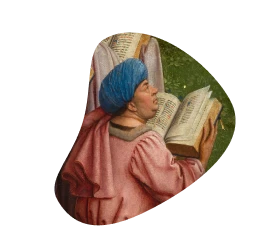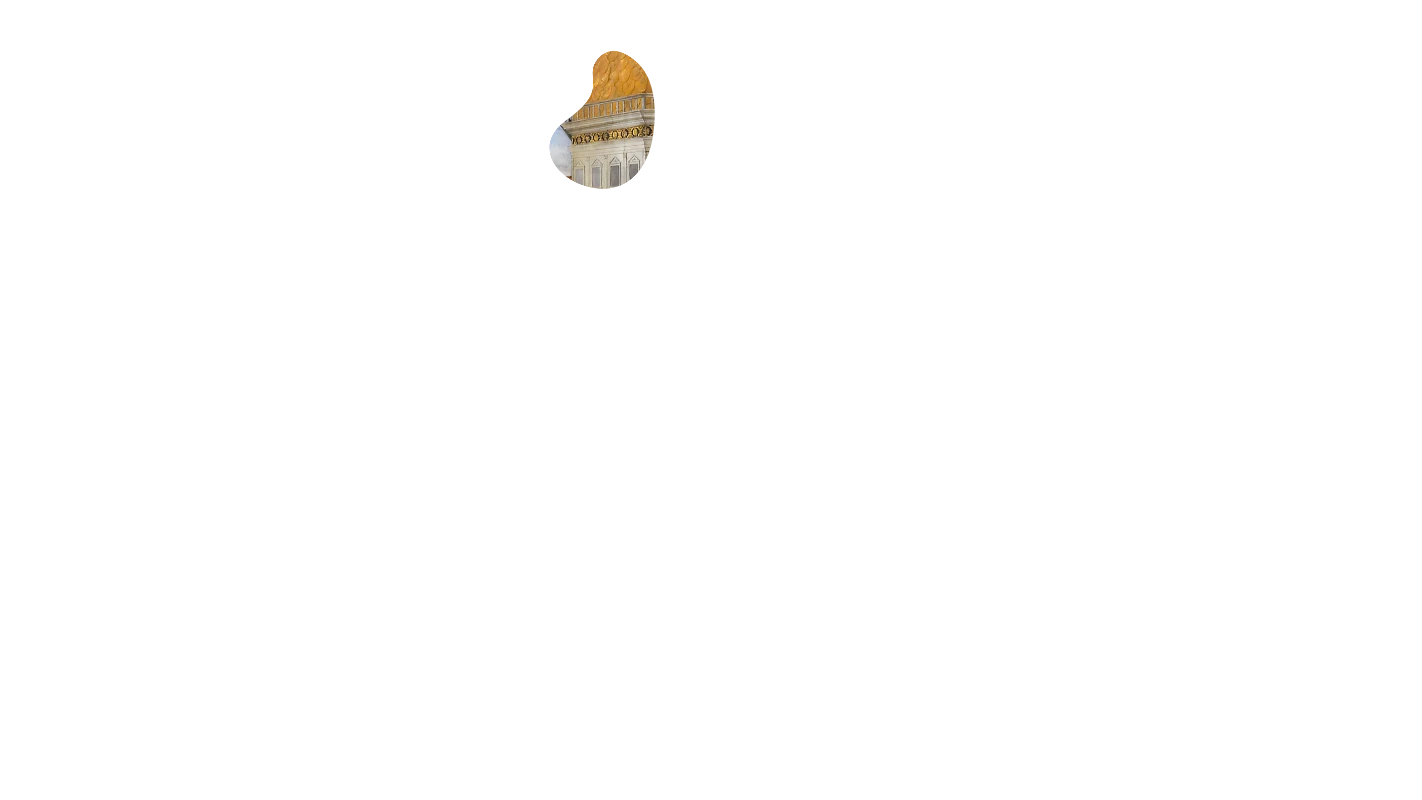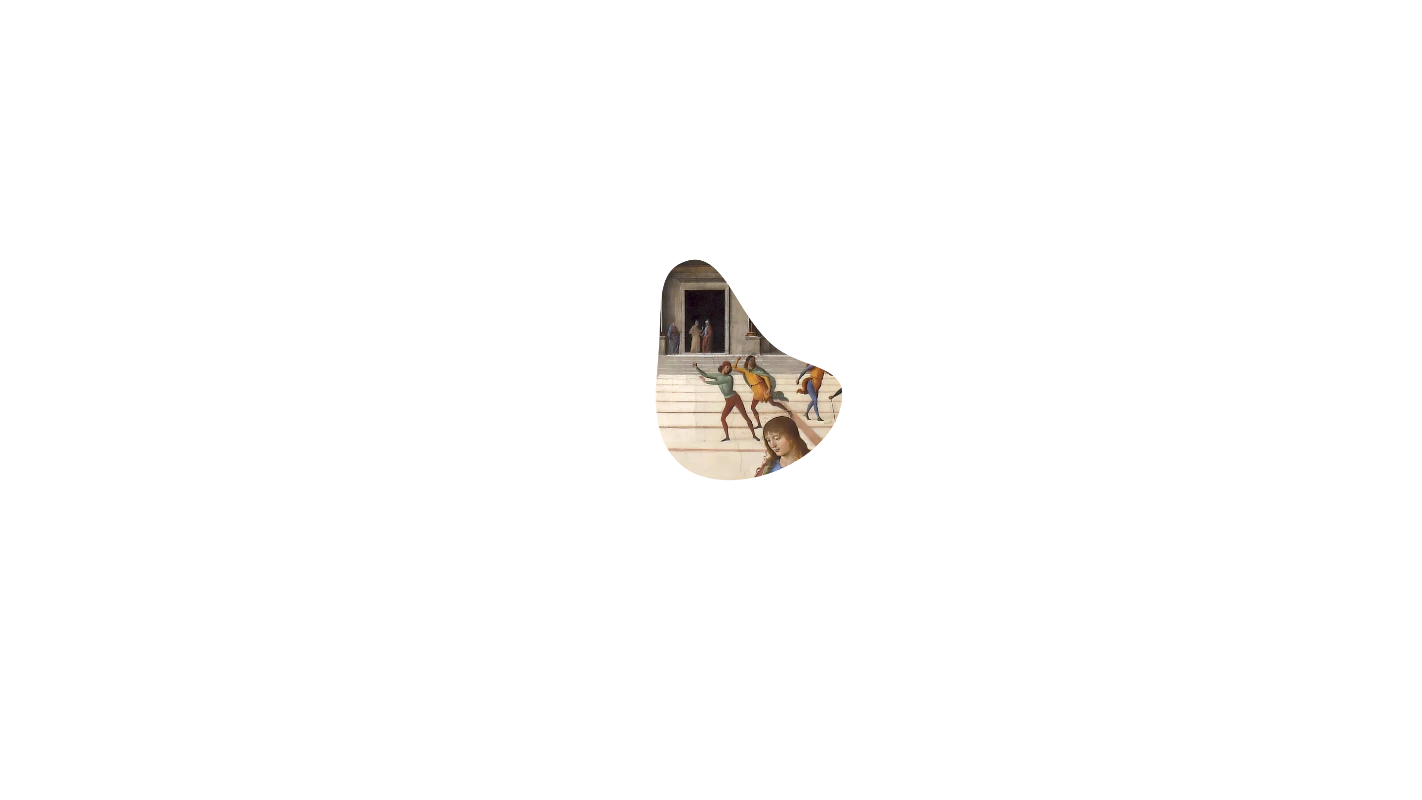Missa Hercules Dux Ferrariae was written for Ercole I d’Este of Ferrara, possibly when Josquin was working at his court in 1503–4. To understand how this mass is constructed it is necessary only to remember that Duke Ercole liked to hear his name sung obviously and often. To this end Josquin took his name and title, HErcUlEs DUx FErrArIaE, and turned their vowels into music by way of the solmization syllables of the Guidonian hexachord, rE - Ut - rE - Ut - rE - lA - mI - rE, giving a very neat little melody:

He then writes these eight notes to be sung 47 times, the vast majority of them by the tenors, the most audible part. These quotations are made yet more obvious to the listener partly by being sung to the words of the title; and by often being stated consecutively at three different, rising pitches, making a crescendo of sound—this threefold statement becomes what we may refer to as the “complete theme.” Sometimes, as in the “Hosanna,” the note lengths are also progressively halved, as well as being raised in pitch, so that there is a further crescendo of excitement towards the end of the movement.
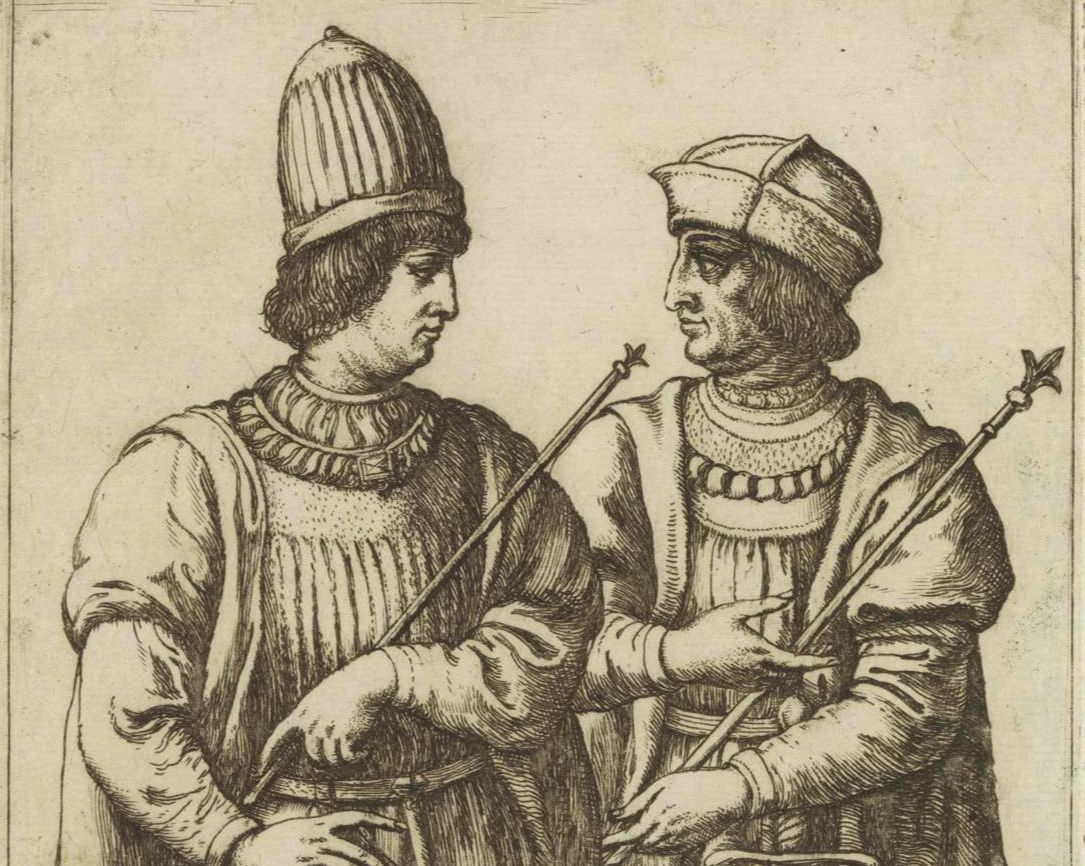
The end to the “Hosanna” sums up everything Josquin was trying to achieve in this setting, and one imagines that, given the joyous nature of the text at this point, Ercole was well pleased with it. It is also possible that Ercole’s wish for self-aggrandizement encouraged Josquin to state the “Ercole” theme complete twelve times during the course of the five movements, reflecting the twelve labors of Hercules, the Roman god.
However, this mass might be remembered not so much for the Ercole theme, as for the counterpoints which Josquin invented to go round it. In effect he was doing what Bach so often did over two hundred years later in his chorale preludes: set the surrounding voices going, before stating the main melody simply and clearly in the middle of all the activity.

These counterpoints are at their most beguiling in the third Agnus, where the ensemble is scored up from four voices to six. The sopranos (who finally get to sing some of the theme) are in simple canon with the tenors (who get it complete for the last time), but it is really what the other voices are doing around them which makes this one of Josquin’s greatest conceptions, suggesting that once again he wanted the final movement of a mass setting to sum up and crown everything that had gone before.
© Peter Phillips / Gimell Records
